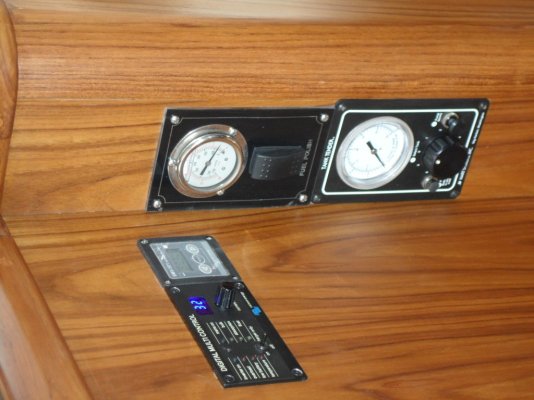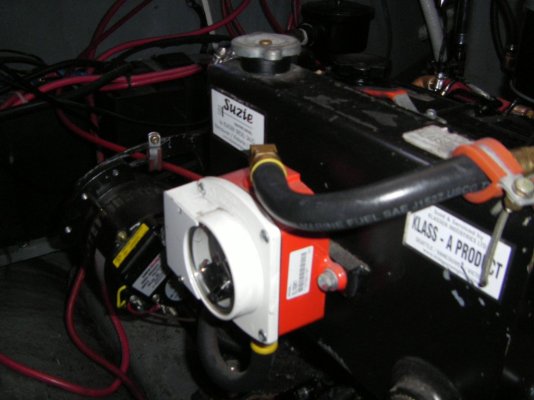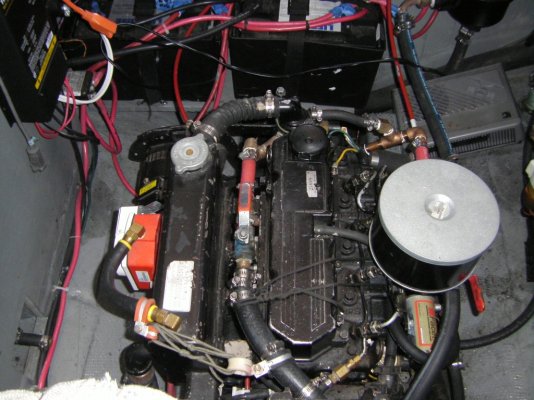skipperdude
Guru
Other than the GPS A garmin with a multitude of information including Radar and sonar.** I have
A flow scan.
Water temp.
Oil Pressure.
Transmission oil pressure.
Hobbs meter.
A link 2000 battery system monitor.
The question is.
What other guages*would you find usefull to have on board.
*
SD
*
-- Edited by skipperdude on Monday 9th of January 2012 01:25:15 PM
A flow scan.
Water temp.
Oil Pressure.
Transmission oil pressure.
Hobbs meter.
A link 2000 battery system monitor.
The question is.
What other guages*would you find usefull to have on board.
*
SD
*
-- Edited by skipperdude on Monday 9th of January 2012 01:25:15 PM



